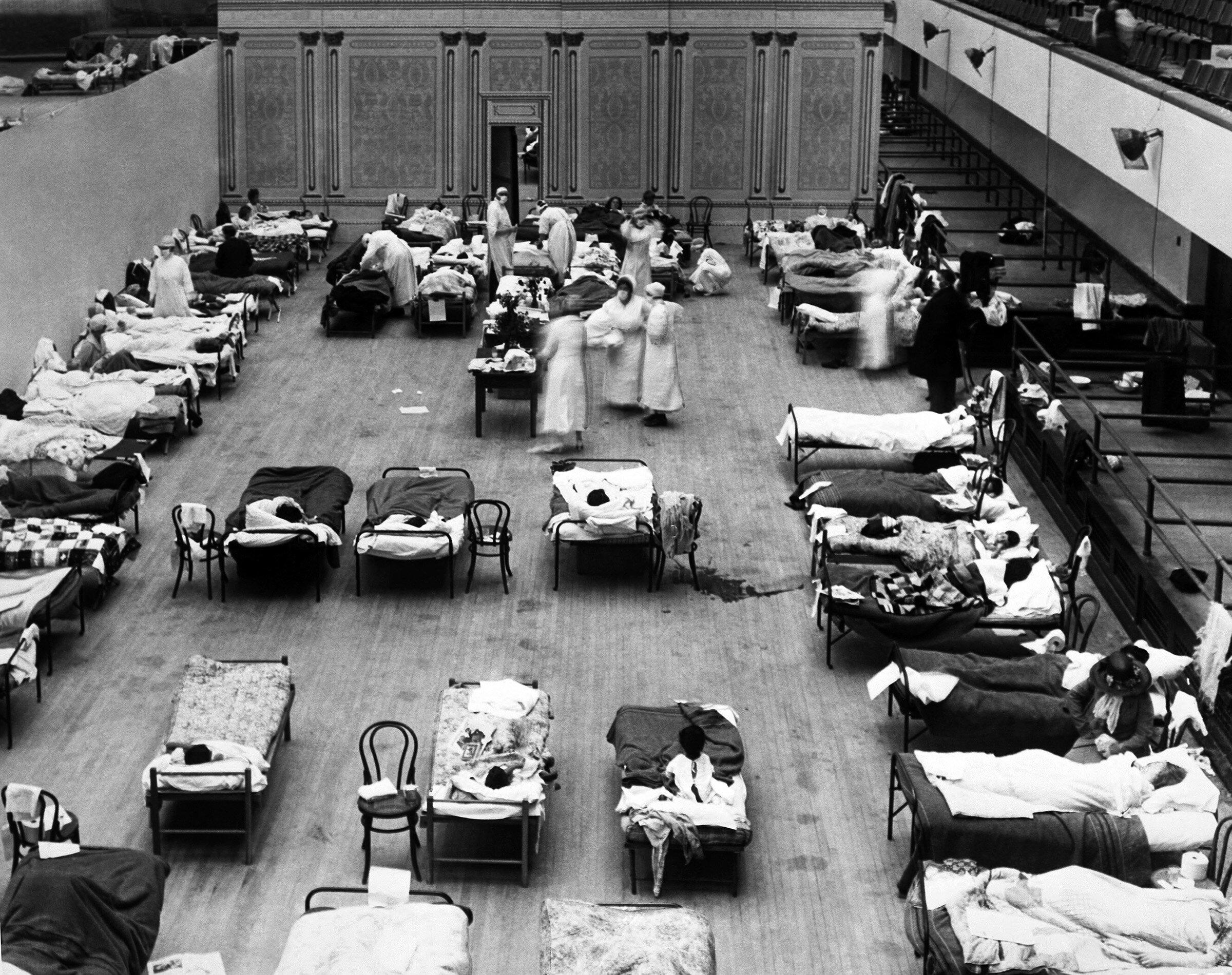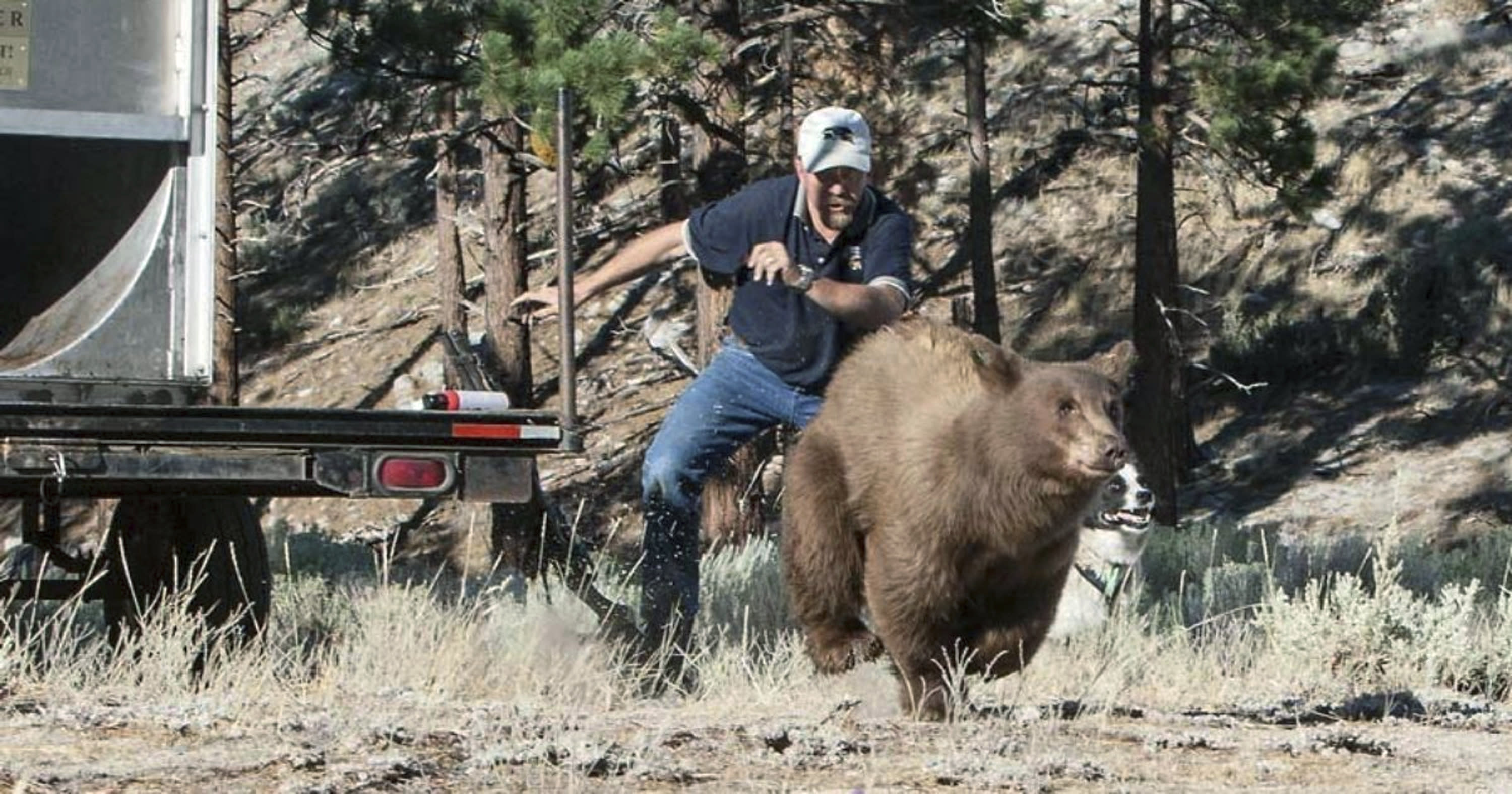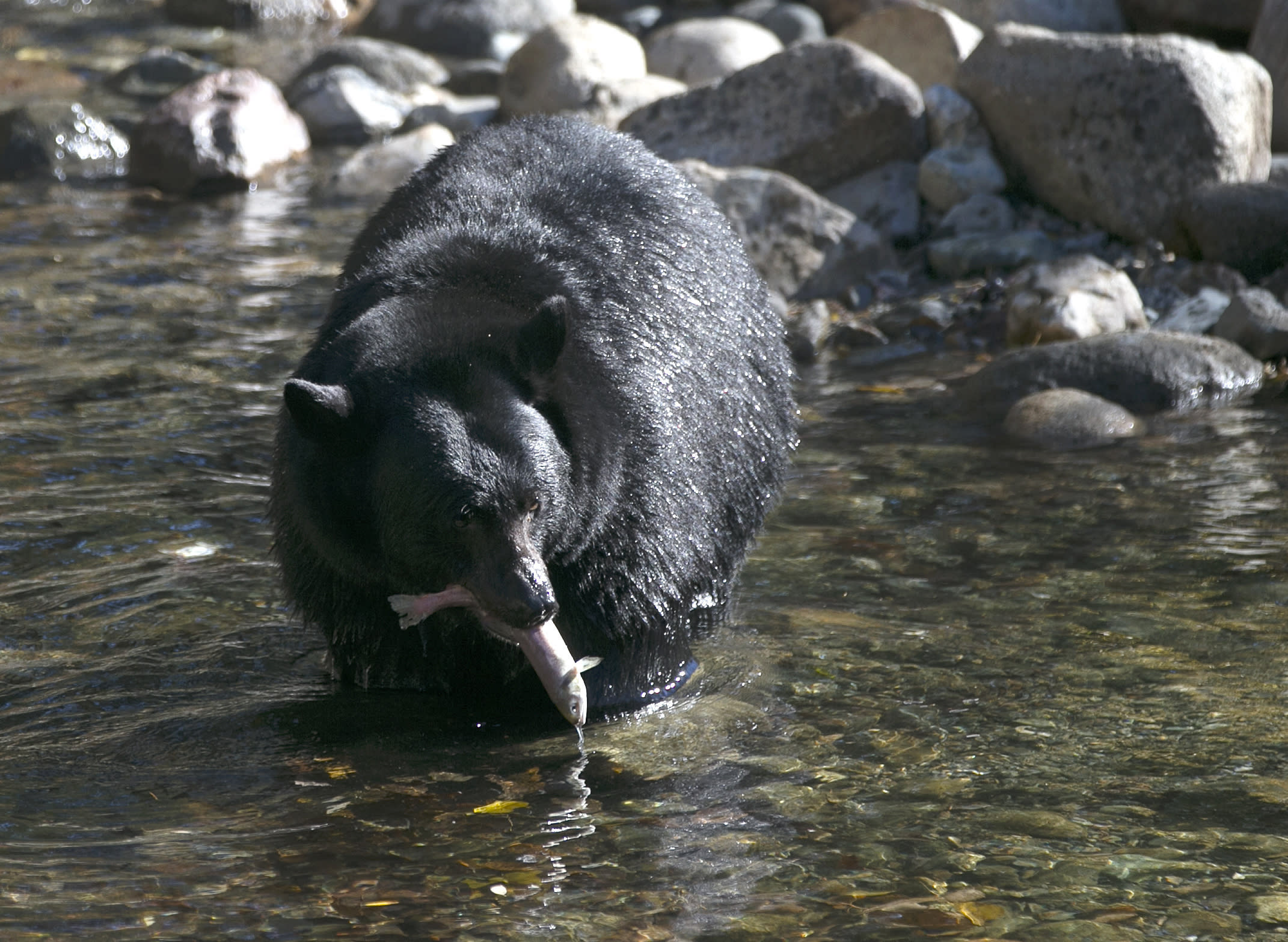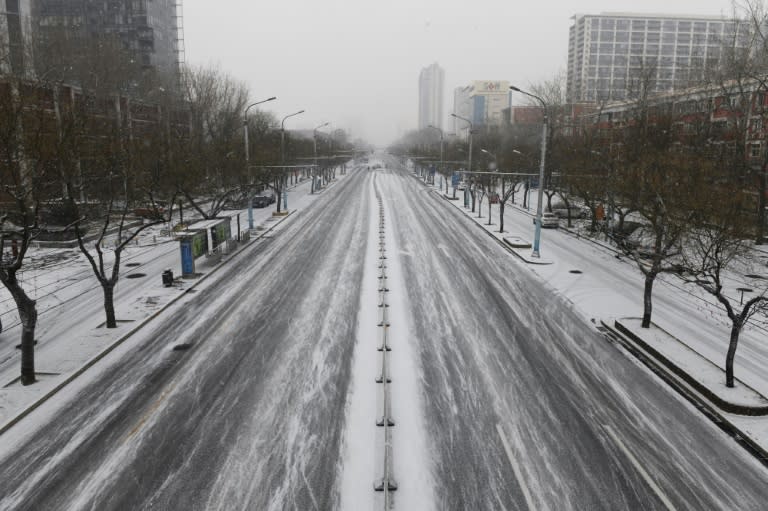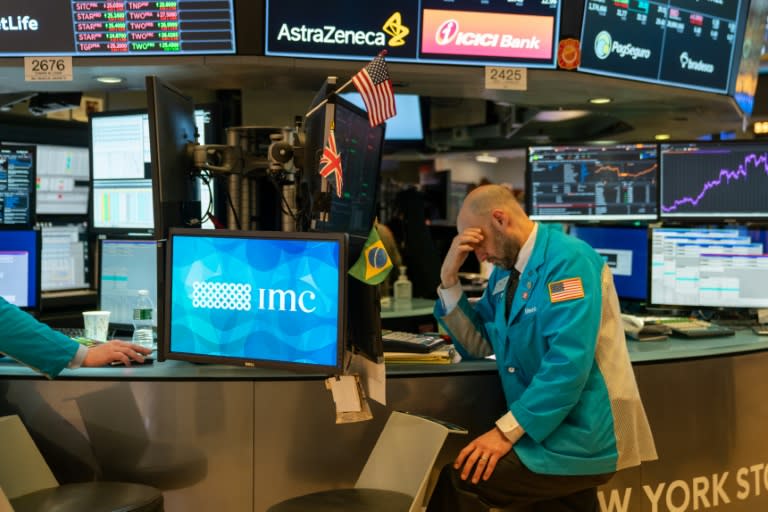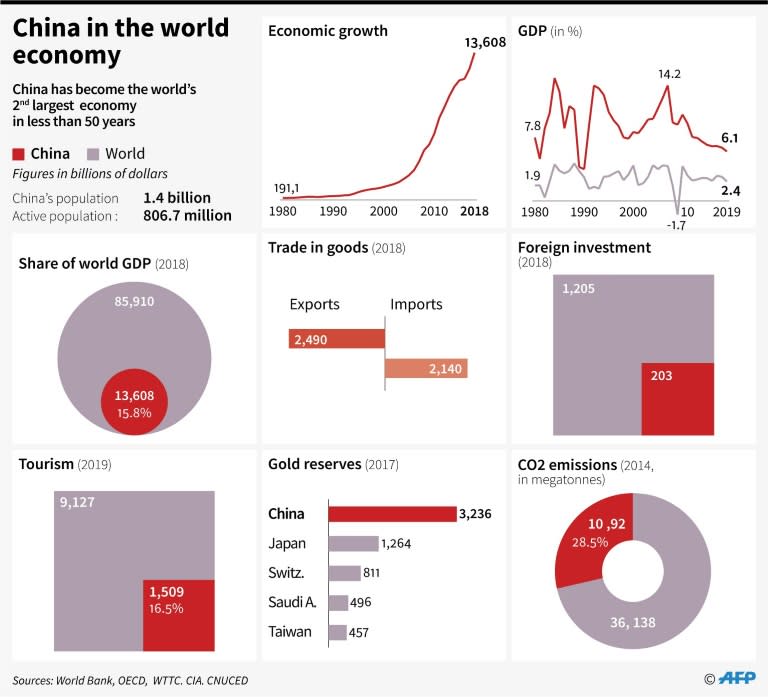Televangelist ordered by New York attorney general to stop promoting ‘cure’ for coronavirus
SNAKE OIL SALESMAN
Danielle Zoellner, The Independent•March 8, 2020

Wikimedia Commons
A Christian televangelist has been ordered by New York's attorney general to stop promoting a "cure" for the coronavirus to the public.
The cease-and-desist letter was sent to the Jim Bakker Show after it had naturopathic doctor Sherrill Sellman as a guest on 12 February.
During the show, the doctor was asked if her $125 "Silver Solution" sold online would work against the coronavirus.
"Let's say it hasn't been tested on this strain of the coronavirus," Ms Sellman said, "but it's been tested on other strains of the coronavirus and has been able to eliminate it within 12 hours."
Mr Bakker went on to promote the Silver Solution on his own website.
Lisa Landau, the chief of the state Attorney General's Health Care Bureau, sent the cease-and-desist letter on 3 March, giving Mr Bakker 10 days to comply or potentially face a $5,000 fine per violation.
"Your show's segment may mislead consumers as to the effectiveness of the Silver Solution product in protecting against the current outbreak," Ms Landau wrote.
"Therefore, any representation on the Jim Bakker Show that its Silver Solution products are effective at combating and/or treating the 2019 novel coronavirus violates New York law," she added.
The World Health Organisation says there is no FDA-approved drug or vaccine currently on the market to help treat or prevent the coronavirus for patients. Researchers are working on a vaccine, but it isn't anticipated for public use for another 18 months to two years at the earliest.
In a statement, Attorney General Letitia James warned the public against believing advertising for products that claim they provide protection against the virus.
"As we experience more cases of coronavirus, it is imperative that New Yorkers remain calm, but stay vigilant," she said.
"In addition to being mindful about our health, we must also beware of unscrupulous actors who attempt to take advantage of this fear and anxiety to scam or deceive consumers. I encourage anyone who believes they are the victim of a scam or predatory action to contact my office and file a complaint," she added.
New York cracking down on false advertising relating to the coronavirus comes after the state declared a state of emergency on Saturday. Positive cases of the coronavirus continue to rise, and Governor Andrew Cuomo confirmed on Sunday there were 105 cases in the state.
Whatever televangelist Jim Bakker is selling, the New York Attorney General ain’t buying.
Lisa Landau, Chief of the Health Care Bureau, gave The Jim Bakker Show 10 days to comply with a cease-and-desist letter that tells him to stop touting an alleged cure for the coronavirus. The letter was sent Thursday to Bakker’s office and cited a Feb. 12 episode of his show that claimed a Silver Solution sold on his website would be a preventative against the coronavirus.
John Oliver covered the claims on his HBO Last Week Tonight show (see video below at the 17-minute mark).
Bakker was previously convicted of fraud and served time in federal prison related to his activities connected to his popular Praise The Lord (PTL) Club show, a religious version of mainstream talk shows featuring Jim and wife Tammy Faye Bakker. The couple later divorced in 1992 in the wake of a scandal that saw Bakker pay hush money to cover up an affair with church secretary Jessica Hahn. But at one point in the 1980s, he was arguably the most prominent televangelist in America.
He now has a new show and a new wife.
On the Feb. 12 show in question, Bakker asked guest Sherill Sellman if the solution she was talking about would work against the coronavirus.
“Let’s say it hasn’t been tested on this strain of the coronavirus, but it’s been rested on other strains of the coronavirus and has been able to eliminate it within 12 hours,” she replied.
“The World Heath Organization (‘WHO’) has noted that there is no specific medicine to prevent or treat this disease,” Landau said in her letter to Bakker. “Therefore, any representation on the Jim Bakker Show that its Silver Solution products are effective at combating and/or treating the 2019 novel coronavirus violates New York law.”
Landau also said a disclaimer had to be listed on the website denying any claims on its efficacy. “These statement have not been evaluated by the Food and Drug Administration. This product is not intended to diagnose, treat, cure, or prevent any disease,” the disclaimer reads.
The Silver Solution products were on sale for more than $125.
Watch a segment from Bakker’s new show above. The John Oliver show that revealed the scandal is below.
Here's our piece from last night on coronavirus:https://t.co/gpIkmJy5Uz
— Last Week Tonight (@LastWeekTonight) March 2, 2020
A Christian televangelist has been ordered by New York's attorney general to stop promoting a "cure" for the coronavirus to the public.
The cease-and-desist letter was sent to the Jim Bakker Show after it had naturopathic doctor Sherrill Sellman as a guest on 12 February.
During the show, the doctor was asked if her $125 "Silver Solution" sold online would work against the coronavirus.
"Let's say it hasn't been tested on this strain of the coronavirus," Ms Sellman said, "but it's been tested on other strains of the coronavirus and has been able to eliminate it within 12 hours."
Mr Bakker went on to promote the Silver Solution on his own website.
Lisa Landau, the chief of the state Attorney General's Health Care Bureau, sent the cease-and-desist letter on 3 March, giving Mr Bakker 10 days to comply or potentially face a $5,000 fine per violation.
"Your show's segment may mislead consumers as to the effectiveness of the Silver Solution product in protecting against the current outbreak," Ms Landau wrote.
"Therefore, any representation on the Jim Bakker Show that its Silver Solution products are effective at combating and/or treating the 2019 novel coronavirus violates New York law," she added.
The World Health Organisation says there is no FDA-approved drug or vaccine currently on the market to help treat or prevent the coronavirus for patients. Researchers are working on a vaccine, but it isn't anticipated for public use for another 18 months to two years at the earliest.
In a statement, Attorney General Letitia James warned the public against believing advertising for products that claim they provide protection against the virus.
"As we experience more cases of coronavirus, it is imperative that New Yorkers remain calm, but stay vigilant," she said.
"In addition to being mindful about our health, we must also beware of unscrupulous actors who attempt to take advantage of this fear and anxiety to scam or deceive consumers. I encourage anyone who believes they are the victim of a scam or predatory action to contact my office and file a complaint," she added.
The televangelist was previously convicted of fraud and served five years in federal prison after his illicit fundraising activities connected with his show Praise The Lord Club.
New York cracking down on false advertising relating to the coronavirus comes after the state declared a state of emergency on Saturday. Positive cases of the coronavirus continue to rise, and Governor Andrew Cuomo confirmed on Sunday there were 105 cases in the state.
Televangelist Jim Bakker Ordered By Attorney General To Stop Selling Fake Cure For Coronavirus
Whatever televangelist Jim Bakker is selling, the New York Attorney General ain’t buying.
Lisa Landau, Chief of the Health Care Bureau, gave The Jim Bakker Show 10 days to comply with a cease-and-desist letter that tells him to stop touting an alleged cure for the coronavirus. The letter was sent Thursday to Bakker’s office and cited a Feb. 12 episode of his show that claimed a Silver Solution sold on his website would be a preventative against the coronavirus.
John Oliver covered the claims on his HBO Last Week Tonight show (see video below at the 17-minute mark).
Bakker was previously convicted of fraud and served time in federal prison related to his activities connected to his popular Praise The Lord (PTL) Club show, a religious version of mainstream talk shows featuring Jim and wife Tammy Faye Bakker. The couple later divorced in 1992 in the wake of a scandal that saw Bakker pay hush money to cover up an affair with church secretary Jessica Hahn. But at one point in the 1980s, he was arguably the most prominent televangelist in America.
He now has a new show and a new wife.
On the Feb. 12 show in question, Bakker asked guest Sherill Sellman if the solution she was talking about would work against the coronavirus.
“Let’s say it hasn’t been tested on this strain of the coronavirus, but it’s been rested on other strains of the coronavirus and has been able to eliminate it within 12 hours,” she replied.
“The World Heath Organization (‘WHO’) has noted that there is no specific medicine to prevent or treat this disease,” Landau said in her letter to Bakker. “Therefore, any representation on the Jim Bakker Show that its Silver Solution products are effective at combating and/or treating the 2019 novel coronavirus violates New York law.”
Landau also said a disclaimer had to be listed on the website denying any claims on its efficacy. “These statement have not been evaluated by the Food and Drug Administration. This product is not intended to diagnose, treat, cure, or prevent any disease,” the disclaimer reads.
The Silver Solution products were on sale for more than $125.
Watch a segment from Bakker’s new show above. The John Oliver show that revealed the scandal is below.
Here's our piece from last night on coronavirus:https://t.co/gpIkmJy5Uz
— Last Week Tonight (@LastWeekTonight) March 2, 2020
 Disney
Disney
